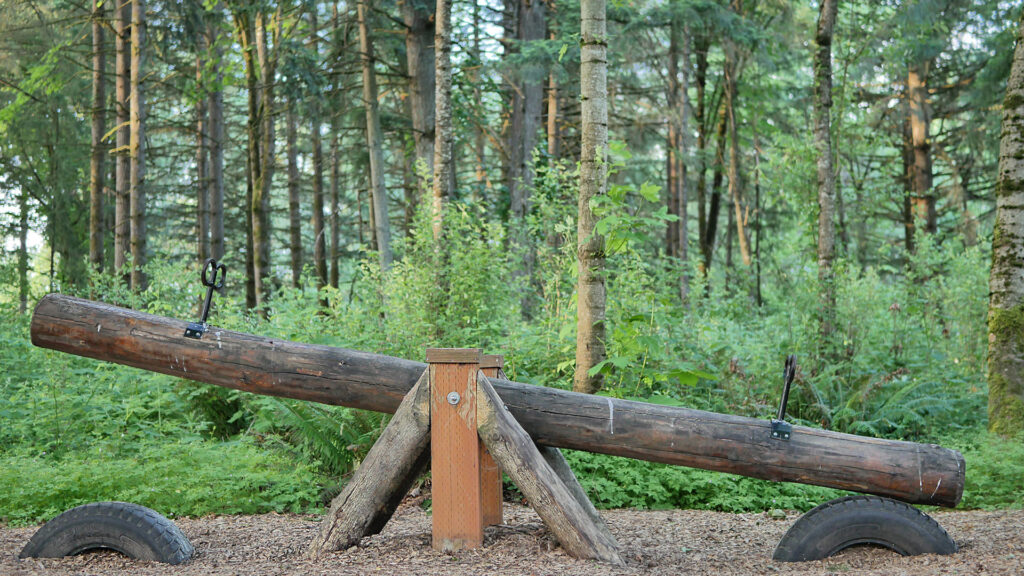Have you noticed that people are back? As I was watching the PGA Golf Championship a few weeks ago, I was struck by the number of fans that were swarming around Phil Mickelson as he made history by becoming the oldest player in PGA history to win a major championship (let’s hear it for 50-year-olds). I was even more amazed at how tournament officials allowed the fans to get so close to the players as they walked down the 18th hole. In fact, Phil commented in the post-round interview that the moment was “unnerving”. Afterward, the PGA tour issued an apology to both Phil Mickelson and Brooks Koepka – Read the apology here.
If you are a reader of these blogs, you know that our passion is to help our clients communicate with more purpose, power, and impact in both their personal and professional lives. With that in mind and as the world begins to open back up, if we are not careful, our desire to be back in front of our customers might also be “unnerving” to them as people start competing for time again.
We are at a unique moment in our history, and the navigation of our social exchanges are critical. Think back to a time when you were on a teeter-totter. You can’t jump on it too fast or the person on the other side will feel a very uncomfortable jolt. It is about balance and control, allowing us to have an enjoyable experience on the ride. I read a great article recently about following the rules of the teeter-totter. One tip from this article which inspired this blog is “don’t jump off suddenly.” As we saw in the Phil Mickelson example, we can’t jump on suddenly either. It is about balance.
As you balance the teeter-totter of your communication moments, I hope you keep the following five tips in mind.
There are no excuses for not doing the following:
- Perspective. We must keep the other person’s perspective FIRST. If we don’t do this, our excitement and emotions may be tough to regulate, and our conversations may quickly turn into a self-centered one-way dialog exchange and suddenly we make ourselves the hero of the moment. You might like the following post from my friend and colleague Dr. Scott Dust – Read here
- Planning. Plan the trip, the customer conversation, your storytelling moments, the questions, and the commitment you desire from the meeting.
- Purpose. Have a purpose for the meeting. If you don’t have a purpose, you will spend precious time talking about COVID or other inconsequential topics. If you don’t believe me, monitor your next 10 virtual or live conversations, and test it out!
- Priorities – Balance the priorities for the exchange. You can’t cover everything in one meeting. If you link the purpose with the priorities, you may have a more mutually beneficial meeting.
- Provocative Questions – When you ask a great question with empathy, then take a moment to stop and really listen. For example, “When you think about how you can balance your priorities in the second half of 2021, how can our partnership help you accomplish your objectives?” If you want to learn more, check out our questioning blogs as www.braintrustgrowth.com – be curious and really care!
I feel so strongly about this blog because a common question I hear every day from our coaching clients – “How do I balance and optimize both the live and virtual environment?” You have a great window of time between Memorial Day and Labor Day to separate yourself from the pack. The five principles I listed will help you reduce the “unnerving” social exchanges that can happen if you aren’t prepared.
Coaches Corner
As a leader-coach, I hope you think about the principles above for your coaching conversations. Our teams are feeling a wide variety of emotions as they navigate these new live and virtual waters. Every individual is different, and we must understand their perspective as they manage the many complexities that are in front of them. The coaching tip of the day is to:
Put your people ahead of yourself





